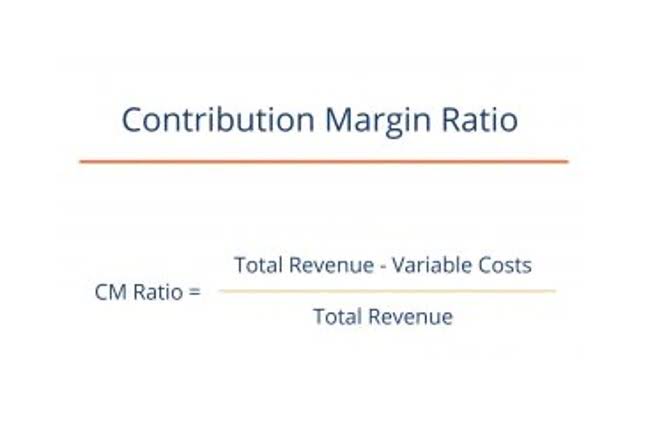Profit margin equation: How to calculate profit easily in 2024

Operating expenses include things like administrative costs, marketing expenses, and overhead. For instance, your business may have a good gross profit margin. This may give you the impression that you’re highly profitable. However, upon calculating operating profit, you may realize that the operating expenses are too high. Gross profit is calculated by subtracting the cost of goods sold (COGS) from your revenue.
- It will help you monitor churn and identify the primary contributors.
- Multiply the result from Step 2 by 100 to convert the gross profit margin into a percentage.
- This process gets much easier if you have accounting software like QuickBooks that makes financial reporting easier.
- This includes any income generated from selling products or services.
- The main drawback of the equations for profit is that they do not provide a complete picture of a company’s financial situation.
What is profit and what does it say about my business?
After figuring out the profit for that particular product line, you may decide to discontinue the product. Business owners use the profit formula to see how much income they generate. For example, let’s say you have a boot store that generates $100,000 in annual revenue. Once you take out the cost of the leather, you have $80,000 (this is your gross profit).
- However, for a growing company you’ll need to go a level further and calculate the operating profit.
- As a small business owner, you’re likely always looking for ways to boost your income.
- As such, calculating the different types of profit is essential.
- COGS includes expenses like raw materials, labor, and production costs.
- If your boot wholesaler generates $10 million in sales and has $5 million in operating expenses, your operating profit is $5 million.
- If so, your profits for that period will be lower, indicating that the business is worse off than it actually is.
Inclusion of one-time revenue/expenses
By having a clear picture of the revenues and profits to expect, it will be much easier to create budgets. With this, the risk of such budget deficits also goes down significantly. In the same vein, you may also have Accounting For Architects to spend money on something that’s not part of recurring expenditure. If so, your profits for that period will be lower, indicating that the business is worse off than it actually is. Profit refers to the excess amount that remains after you deduct expenses from revenues.
Profit equation FAQs
Calculating profit for a business involves using the profit formula, which is revenue minus expenses. A company’s pursuit of profit is for the benefit of shareholders. As such, before issuing dividends, you’ll need to calculate profit per share. For this, you’ll need to calculate the net profit and divide it by the number of outstanding shares. As such, you’ll have full visibility of your company’s financial health.
Nonetheless, you’ll need to include the depreciation of assets and amortization. For example, mixing personal expenses with business costs or incorrectly categorizing expenses can lead to inaccurate margins. Multiply the result from Step 2 by 100 to convert the gross profit margin into a percentage.
Step 2: Subtract operating expenses

This process gets much easier if you have accounting software which of the following is the correct equation for profit? like QuickBooks that makes financial reporting easier. For example, although a particular product might not be as profitable as it once was, what are the ramifications of doing away with it entirely? Consider your customers, your employees, and your company’s brand when making any kind of change. In all instances, taking a long look at any sweeping changes that might result from tweaking your profits is a good idea. Once you have the profit formula down, you can use other profit formulas and financial KPIs to see how efficiently you use your resources. ProfitWell Retain is a solution designed to help you improve customer retention.

Profit margin equation: How to calculate profit easily for 2024
- Whether you’re paying more for materials or labor, failing to update your costs accordingly can skew your profit margin calculation.
- Undoubtedly, profit equations can help you learn more about your company.
- While they both have to do with the cost-revenue relationship, they measure different things.
- To find the gross profit margin, divide your gross profit by your sales revenue.
- To determine the net profit margin, divide your net profit by your total revenue.
- To keep such expenses manageable, it’s essential to create a budget for that period.
A crucial part of understanding company profit is to know the profit per unit. For this, you’ll need to calculate the production cost income statement per unit and subtract it from the sale price. As such, calculating the different types of profit is essential.
To find the gross profit margin, divide your gross profit by your sales revenue. This shows the percentage of each dollar of revenue that is gross profit. You can also use the equation for profit to look at the profitability of certain products.

Age of your business
COGS includes expenses like raw materials, labor, and production costs. However, reports may not always showcase the actual state of a company’s financial health. This is because of financial statement manipulation, which happens to present an organization as being healthier than it is. This means that you’ll only identify the limiting factors at the end of the accounting period. However, if you calculate profit margin monthly, you’ll identify limiting factors much sooner. As such, you can address them much earlier and increase profitability for the year.

Trả lời